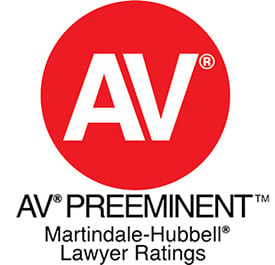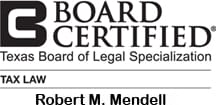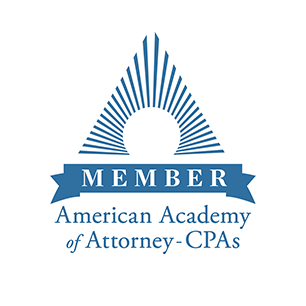What Is “Piercing The Corporate Veil”?
As its name implies, “piercing the corporate veil” is an imaginative way to describe when a court will disregard the legal fiction of a corporation. It is a theory of liability in a lawsuit to permit the plaintiff to obtain damages from the people who own or manage a corporation.
Why are directors, officers and shareholders generally not liable for corporate debts?
By way of background, a corporation is formed as a business entity with (1) the rights of a person; (2) perpetual existence; and (3) limited personal liability for shareholders and directors of the corporation. Legally, the corporation will exist as a separate and distinct person from its founders. The corporation, and only the corporation, will be liable for any debts, losses or obligations that corporate actions incur. Because of this, shareholders and directors can presume that their personal assets will be safe from a lawsuit if their corporation does not have adequate resources to cover its obligations.
When does “piercing the corporate veil” arise in a lawsuit?
When circumstances dictate, some courts will look beyond the legal fiction of a corporation to find directors or others in control of the corporation personally liable for corporate actions. When this occurs, the court has “pierced the corporate veil.” It is known less euphemistically as “disregarding the corporate entity.”
Historically, American courts have been reluctant to find directors, shareholders or other members personally liable for corporate obligations, because of the promise of limited liability included with corporate formation. But in some cases, corporations fail to comply with formalities to maintain corporate status and permit a fraud or other tort; in others, a court’s failure to disregard the corporate shell would be markedly unfair to the plaintiff. Thus, in some cases where corporate assets would be insufficient to satisfy a plaintiff’s judgment against the corporation, or when a corporation’s activities seemed to be a shell for an individual’s fraudulent dealings, courts have pierced the corporate veil to find personal liability of a director or shareholder.
Besides a bad act, courts in most states usually look to various factors to determine whether the corporation was a shell. Evidence such as lack of capital, commingling of corporate and personal assets, failure to maintain formalities or corporate records and hiding behind the corporate form to commit fraudulent or illegal activities has been used in some cases to successfully pierce the corporate veil.
How can corporations maintain the “corporate veil”?
Corporations and the people who run them gain valuable legal protections from the very act of incorporation, including protection from personal liability for corporate debts and obligations. To keep these protections intact, corporations must maintain corporate formalities. The same acts that can be used as evidence against a corporation can be used to prove its existence: holding regular meetings, keeping minutes of meetings, keeping corporate records and corporate accounts, as well as fully funding the corporation and maintaining insurance on the business. By following through on these activities, corporations are more likely to preserve their status and keep the protections that come with incorporation.
Copyright © 2008 FindLaw, a Thomson Reuters business
DISCLAIMER: This site and any information contained herein are intended for informational purposes only and should not be construed as legal advice. Seek competent counsel for advice on any legal matter.



